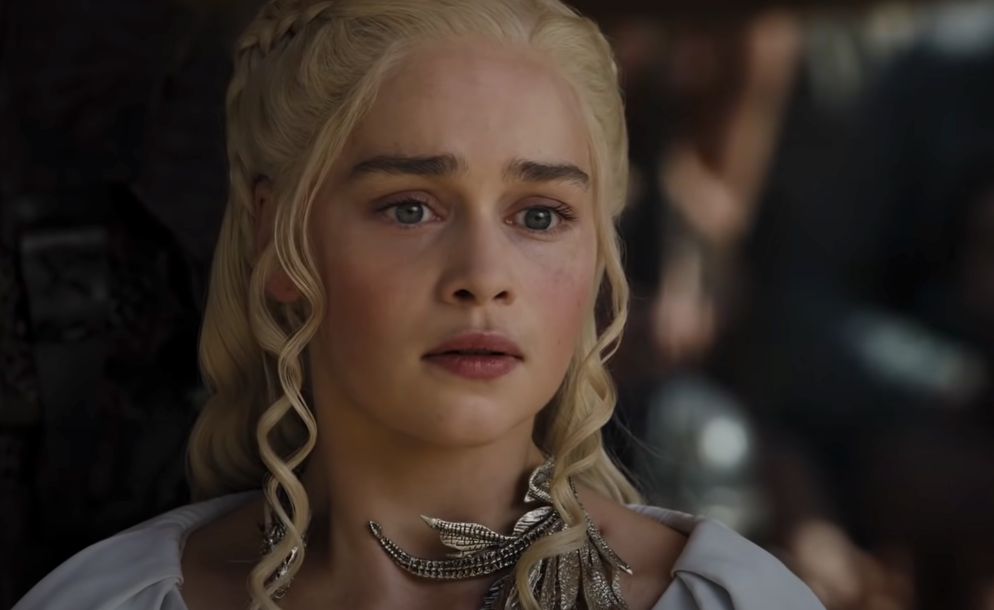On March 25, one week before Wrestlemania 38, WWE’s Friday Night Smackdown returned to the Barclays Center in Brooklyn, NY, for the first time in three years. The last time Smackdown filmed here was in December 2019, three months before COVID-19 triggered a nationwide lockdown on all mass gatherings.
A lifelong WWE fan, I attended the show with my wife and 7-year-old son. The three of us are all vaccinated, and so even though I have pre-existing health conditions, we finally felt safe enough to let our guard down a little. This was the first time any of us had attended a live event since the pandemic began. It was my son’s first WWE live event ever. And the visceral feeling, of cheering and booing shoulder-to-shoulder with thousands of people, was a joyful one.
Television optimizes everyone–camera angles, editing, and lighting make everyone look their best. But experiencing wrestling live
The aura surrounding Roman Reigns, in particular, is riveting. It starts from the moment you enter the arena–his face is on every poster, his merchandise at every stand. His face is the first one you see in the official program when you open it up. Then WWE kept teasing his arrival throughout the show. Even the first match on the card was purposeful: a tag team match featuring Reigns’ cousins and right-hand men, the Usos. It’s all designed to build suspense:
“He’s coming! Get ready! He’s in the car! He’s in the hallway! He’s heading to the ring!”
So when that final boss music blared over the loudspeakers, the arena came unglued. The entire audience seemed to instinctively rise to its feet and lean in. when he finally appeared on the ramp. It was the sort of reaction that shows how far Reigns has come since evolving his character during WWE’s Thunderdome era.
WWE smartly bookended the show with backstage segments starring Reigns and his Wrestlemania opponent Brock Lesnar treating their upcoming confrontation like the major marquee event that it is. We also got a promo by Ronda Rousey, who will be facing Charlotte Flair at Wrestlemania for the Smackdown Women’s Championship. None of those fought in matches at the event, as WWE is clearly saving the action for Wrestlemania and wisely avoiding any possible injuries. Still, there was plenty of physicality throughout the show and we got to watch Lesnar tear through security staff with a steel chair like only he can.

For those who haven’t been to WWE Raw or Smackdown broadcasts, you might not realize that the show typically doesn’t end when the cameras turn off. Instead, WWE treats the live audience to a bonus segment or match. Luckily for us, WWE veteran Randy Orton closed the show by delivering his finishing sequence to Chad Gable: a low-angle power slam, followed by a rope assisted DDT, followed by an RKO. At 41 years old, Orton is an older talent by wrestling standards, but he’s taken exceptional care of himself and manages to dazzle live crowds, whether he’s a babyface or a heel. He’s a rare one; he evokes nostalgia and gravitas while also realistically keeping up with the younger wrestlers surrounding him. Plus, he’s got that RKO. Everyone loves the RKO.
Being inside for over a year is a muted, domestic ordeal. The lighting is soft and the sound is ambient; what initially feels safe and comfortable becomes monotonous and redundant over a period of months. And the transition–from seeing WWE on television to seeing it live–felt even more pronounced as a result. The pyro was deafening as opposed to loud. The bass in the entrance music pounded in my gut. The lights were blinding. Everything felt over-the-top, which, in the world of professional wrestling, is the entire point.
As for my son, he had a great time. He cheered especially hard for Ricochet, who performed a flying senton from the ring to the floor, and a slingshot hurricanrana off the top rope. My son is a quiet kid; he didn’t say much during the car ride home, or before he went to bed that night.
But the following morning, when he headed off to his grandparents’ house for the day, I could tell the show had stuck with him. He even told me he was wearing his new championship belt the “heel way”–by throwing it over the back of his shoulder like Roman Reigns instead of wearing it on his waist or arm.

The most common misconception about professional wrestling fans is that when we cheer or boo, we’re doing so because we believe that it’s all unscripted. In actuality, most are in on the joke–both the people who are attempting to make it look real, and people who are paying money to pretend that it’s real.
Once, over a century ago, this was a legitimate sport. Then, it became a fixed sport that targeted marks for money. Today, it has evolved into an interactive theater-in-the-round, where the audience’s reaction determines who gets pushed and how.
But the audience doesn’t always cooperate. When I went to Summerslam at the Barclays Center in 2016, the crowd was deliberately antagonistic to the wrestlers–hijacking the show with dueling chants, performing the Wave during the matches, and generally being disrespectful to the performers, regardless of whether their alignment was ‘good’ or ‘bad.’
But on March 25, nearly everyone in the crowd played their role. It was a collective rediscovery–of the camaraderie that develops between thousands of people when they’re all in the same room cheering for the same thing. It’s the urgency of a live event–of sharing a cultural moment in real-time. It’s living. You don’t know what you have until it’s gone.
Source: Gamespot






















